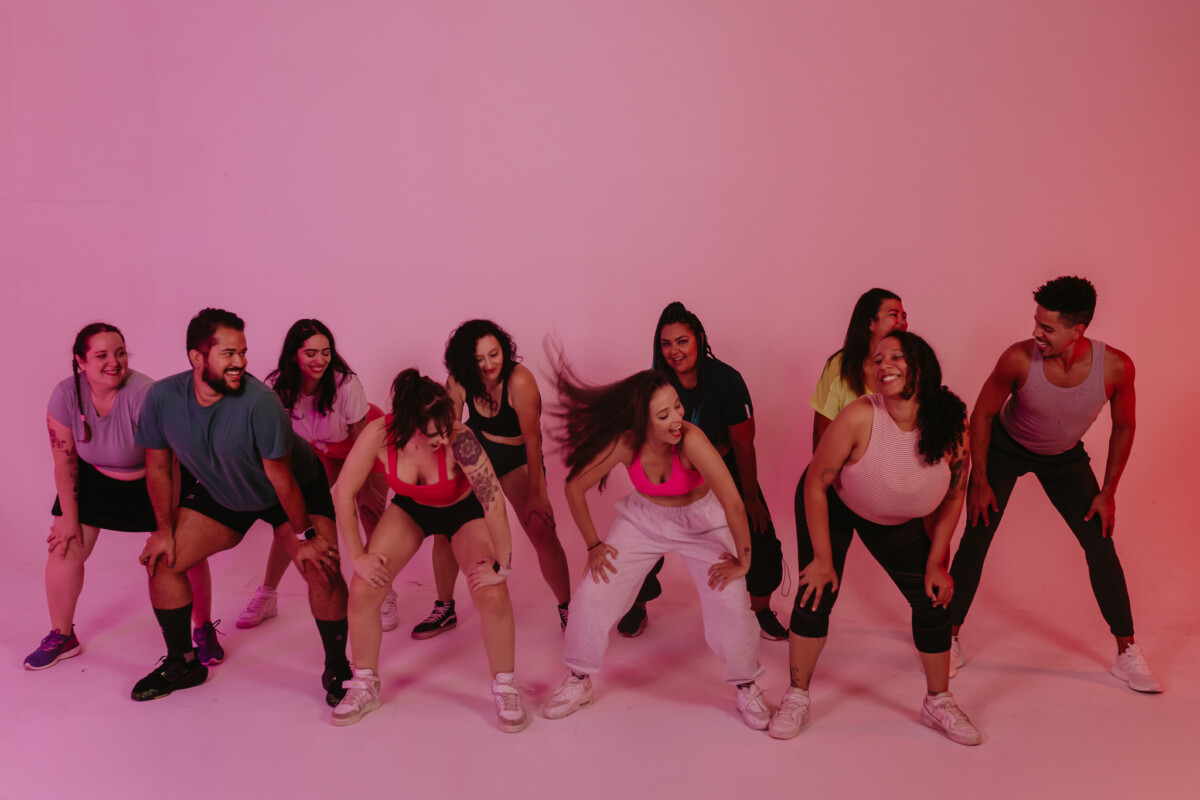Even more powerful than the language of the songs is the catchy beat that crosses borders.
In the heart of Montreal’s vibrant and diverse nightlife scene, a new rhythm is electrifying the city’s dance floors: the Brazilian funk. The genre that has been synonymous with the lively streets of Rio de Janeiro, is fast becoming the latest sensation in Montreal’s buzzing nightlife. From the shores of the favelas to the lively atmosphere of the city, the infectious beats of this genre have found a new home in this Canadian metropolis showing that Brazil has progressed far beyond samba or bossa nova.
Scottie Tippin is a resident DJ at Le Mal Nécessaire, a bar on St. Laurent. “The resurgence of disco and funk in 2023 in Montreal is massive,” he said. “I have a ton of funk as an influence because it is a genre good for everyone. It’s in no way polarizing for an audience.”
The artist said that once you start playing anything funky, the requests come in spades. “I’m fully invested in funk following the steps of amazing DJs like Shogo, Walla P, and Akpossoul,” Tippin added that Brazilian samples inspired by Bossa Nova are also part of his inspiration.
Renowned artists who incorporated funk references into their songs gave space for new artists to enter the music scene. Madonna, for example, joined Brazilian artist Anitta on “Faz Gostoso,” a song that not only invested in the funk beat but also sang sections in Portuguese. Anitta, in turn, not only took advantage of this chance but also worked alongside other artists such as Maluma, J Balvin, Cardi B, Major Lazer, Saweetie and Becky G, among others, in order to promote the genre through other languages, such as English and Spanish. The singer is currently the winner of two VMAs for Best Latin Video and was nominated for a 2023 Grammy as Best New Artist. Funk has room to grow.
In Montreal, Rabaterapia is a strong funk reference. The project started last year with the mission of bringing people together through the power of dance, specifically Brazilian funk and pop music. “Montrealers have shown interest in our classes, predominantly fueled by their intrigue for Brazilian funk,” CEO of Rabaterapia Priscilla Sanchez said. “We believe that this genre has a universal appeal that helps people to transcend borders.”
According to her, introducing funk to Montreal has allowed Rabaterapia to add another layer to the eclectic art scene, offering Montreal an opportunity to dive into a dance form that is both exciting and deeply rooted in cultural significance. “We feel very proud of introducing a piece of Brazilian culture here. Every beat and move of funk is an expression of our spirit,” Sanchez added. “Our project aims to serve as a cultural bridge introducing them to the dynamism and vibrancy of funk while fostering a sense of community and shared experience.”
